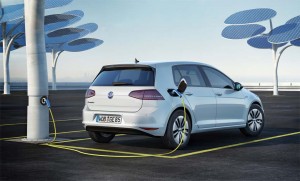
Volkswagen’s been fined and penalized to the tune of about $30 billion for its dieselgate scandal and now some cash is going to be put in to practice as the company announced it will begin installing 2,800 electric vehicle charging stations around the U.S.
Through its Electrify America subsidiary, VW will spend $2 billion to install the chargers at about 500 sites in 17 of the largest cities across the U.S. The first stations should be functional by next summer, according to the company.

The company will spend $800 million of the $2 billion in California, where the bulk of electric vehicles are in service. However, several other “non-EV” areas will see charging stations installed in areas like housing developments or office complexes.
“One of the biggest barriers to the mass-market adoption of electric vehicles is access to chargers,” Mark McNabb, chief executive officer of Electrify America, said in a statement.
(BMW partnership aimed at developing new EV batteries. Click Here for the story.)
While the plan is to put them in more than a dozen cities around the country, California is really the focus of the effort. Los Angeles, San Diego, San Francisco, San Jose, Sacramento and Fresno will all get stations in the first round of construction.
How many will be installed at each location is still being reviewed, but overall California is to get chargers at 217 workplaces and 60 multi-unit dwellings. They are Level 2 chargers and will take several hours to charge.
By comparison, Tesla’s nationwide network of superchargers numbers 5,400 and it toon nearly five years to get them done with a goal of having 10,000 complete by the end of the year. The Palo Alto, California-based EV maker also has about 9,000 “normal speed” chargers in place and planned to have that number up to 15,000 by the end of this year.
(To see more about Toyota launching 10 EVs by the early 2020s, Click Here.)
Electrify America plans to use part of the $2 billion to build a coast-to-coast network of “fast chargers” that can add a couple hundred miles of range in 20 minutes. The project is expected to be complete by 2026.



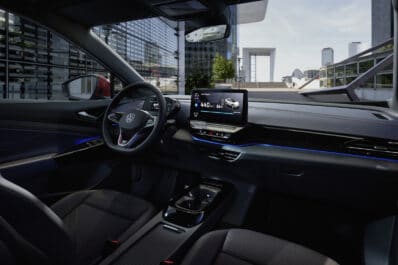
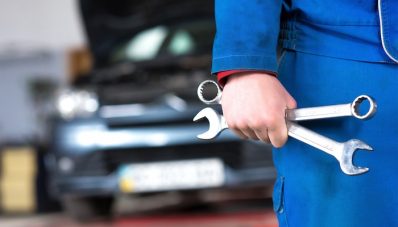
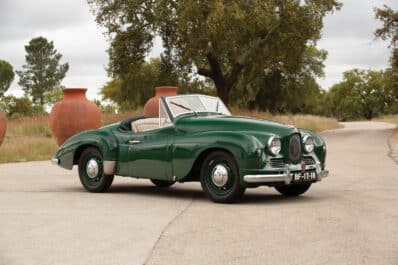
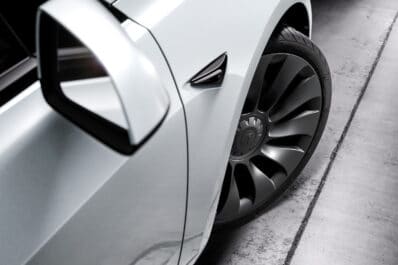

For us IC guys, what’s a Level 2 charger vs. Supercharger and normal speed charger?
Your basic, Level 1 charger uses 120 volt power, usually just plugging into a standard wall socket. Most plug-based vehicles come with portable Level 1 chargers that can be used as a backup when you’re somewhere that a faster circuit isn’t available.
Level 2 chargers run on 220 volt power and are what you typically find at public charging stations and in fixed home chargers. There are portable Level 2 chargers…Nissan planning to offer one as an option for the new Leaf. It will plug into one of the more common types of 220v plugs (unfortunately, there are several different ones). Level 2 chargers typically result in much faster recharging, depending upon their amperage, than you would think just by doubling voltage.
While the vast majority of public chargers are currently Level 2, many new ones are opting for Level 3 capability (separate charger plugs are needed and not all the EVs on the road right now are Level 3 capable). Level 3 goes to 440 volts DC at the vehicle connection, something that achieves far greater speed than the next level increase in voltage would suggest. Some makers claim they can get an 80% recharge in 30 minutes or less.
There are new Level 4 chargers coming that will jump to 880 volts and beyond, and with next-gen batteries, some believe the Holy Grail is in sight: charging times similar to what it takes to fill up a gas tank.
There’s a bit of a debate over the use of those high-speed, Levels 3 and 4 chargers, some experts concerned that they can wear down battery life (among other things, lithium-ion chemistry is sensitive to heat). So, some makers don’t encourage routine Level 3 charging. Others contend they haven’t seen the feared degradation. It helps when makers use aggressive cooling systems to minimize battery heat. Either way, Level 3 chargers slow down substantially once a vehicle gets to 80% of full capacity, as that’s when degradation is most likely to occur.
Finally, don’t expect to see an across-the-board shift to a charging system just like the current gas station infrastructure. Going forward, most motorists are expected to rely on home, office, apartment or parking lot charging to “re-fill” what they use during a typical day’s commuting or errand-running. The public chargers will help on longer trips, for commercial vehicles or those who don’t have access to a charger at home. That should limit the cost of a new infrastructure. And it also will utilize energy normally wasted overnight by utilities — while also being delivered at a much lower cost than what motorists would pay during the day at public chargers.